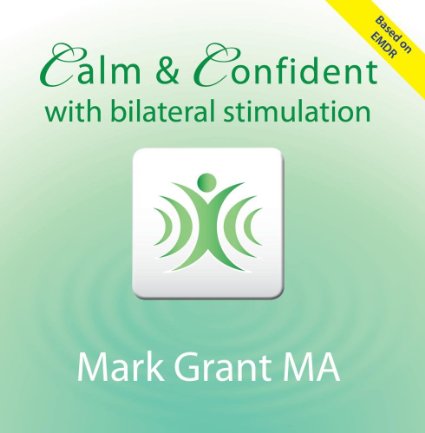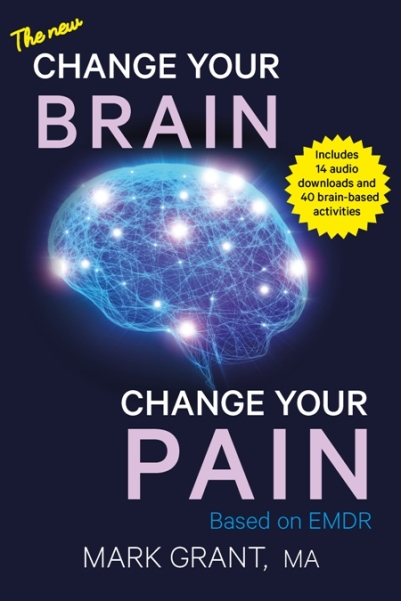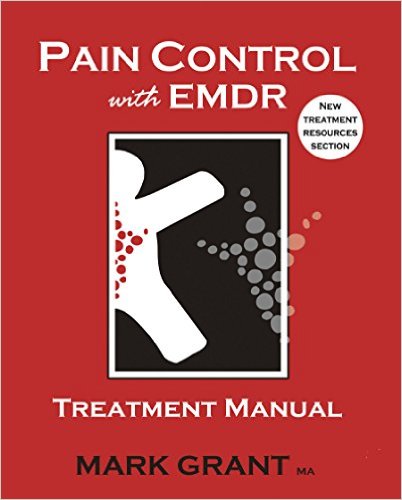Trauma: What is EMDR and How Can It Help You to Feel Better?
What is EMDR and How Can It Help You to Feel Better?
EMDR (Eye Movement Desensitization and Reprocessing) started out as a treatment for posttraumatic stress disorder, in the early 1990’s. As the name suggests, a unique feature of this treatment is the use of exposure combined with eye movements to transform painful memories and feelings. Unlike “talk-therapies” which rely on expression and insight, EMDR seems to stimulate decreased emotional distress and new associations unconsciously. For example, a traumatized motor vehicle accident victim would be asked to recall certain cognitive and emotional elements of the memory of the accident, and then to simultaneously focus on the bilateral eye stimulation (usually therapist hand movements). The therapist repeats this procedure, tracking changes each time, until the memory is processed. Following this treatment procedure, instead of feeling upset and thinking “I’m gonna die’ when recalling the accident, the person might report feeling calmer and thinking, ‘I almost died – but I survived.’ EMDR cannot change the facts of what happened, but it does seem to change the person’s perspective. Indeed, the whole method is predicated on the notion that human beings have an innate information processing capacity (Adaptive Information Processing system) which is geared for health and healing.
EMDR’s ability to reduce physical and emotional distress associated with PTSD led to the method’s use with chronic pain. As of early 2013 there are about a dozen published research papers which indicate that EMDR can help with pain. The unique bilateral stimulation component of EMDR seems to be the key to the methods efficacy. Bilateral stimulation (paired with focused attention) has been found to stimulate a rare trio of physical, mental and emotional changes including relaxation, feelings of drowsiness, decreased ability to worry and feelings of detachment from the problem. As you can imagine, these changes really alter the way a problem is experienced in the body, which is the basis for our feelings and perceptions. So far the research indicates that EMDR can facilitate reduced pain, reduced emotional distress and improved coping.
Those wanting a deeper explanation for how EMDR works have suggested that bilateral stimulation activates a ‘seeking system’ deep in the brain which is designed to respond to novel stimuli. The seeking system is responsible for emotions such as curiosity, interest and anticipation – it’s so basic it has been described as the granddaddy of the brains emotional systems. When this system is activated, you can’t think of anything else, including pain. The seeking system works with other parts of the brain to ascertain whether the stimuli represents a threat or not. Once your brain has decided whatever is happening is nothing to worry about (this usually takes no more than 60 seconds), it relaxes. Because the relaxation occurred in the midst of your pain experience, the relaxation becomes a part of that experience. Repeated doses of this procedure can change the way pain is experienced. For example, when Joe focused on his chronic low back pain, coupled with bilateral stimulation, he found that his awareness of his back pain decreased and that the pain itself almost felt like it was draining out of his body. After a few minutes of this process his pain was significantly less and it just didn’t seem as important. His attitude towards his pain changed from “I’m helpless” to ‘I can learn how to control my pain.” Although Joe was never cured of his pain, over time it became far less important and his sense of self and his ability to enjoy life increased dramatically.
If you would like to try EMDR, you can find a therapist via your local EMDR association (emdraa.org in Australia; emdria.org in the usa; emdrassociation.org.uk) or google ‘EMDR’ , ‘pain’ and the name of your city. EMDR therapists can be found in most towns and cities, anywhere in the world. Many have received specialized training in how to use EMDR for chronic pain. You can also contact me at markgra@ozemail.com.au
References
Chambless, D.L. et al. (1998). Update of empirically validated therapies, II. The Clinical Psychologist, 51, 3-16.
Elofsson, U. O., von Scheele, B., Theorell, T., & Sondergaard, H. P. (2007). Physiological correlates of eye movement desensitization and reprocessing. Journal of Anxiety Disorders (in print).
Grant, M. & Threlfo, C. (2002). EMDR in the treatment of chronic pain.
Journal of Clinical Psychology, 58(12), 1505-1520.
Lee, Christopher, (2008) Crucial Processes In EMDR. Journal of EMDR Practice and Research, Vol 2 (4) 262-268.
Shapiro F. (2001), Eye movement desensitization and reprocessing: basic principles, protocols, and procedures, (2nd edition) Guilford Press, New York.
van Rood, Yanda R., de Roos, Carlijn (2009) EMDR in the treatment of Medically Unexplained Symptoms: A Systematic Review. Journal of EMDR Practice and Research, Vol 3 (4) 248-263



